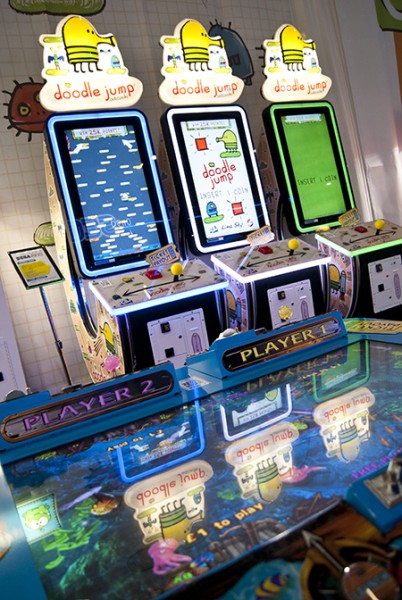Online technologies and social media not only provide an opportunity to reach out to players, but to engage them in the process of game design itself, writes Simon Liddle.

IN recent years, the widespread proliferation of broadband technology and, even more recently, the development of mobile internet-enabled devices, has begun to shape both consumer behaviour and expectations.
This, in turn, has begun to shape expectations of the pay-to-play amusements sector – an industry that has often been accused of being behind the curve. Yet, increasingly the discussion among game designers and operators often centres on how best to employ these new technologies and – crucially – how best to capture this emerging tech-savvy audience.
The migration of mobile apps to the pay-to-play amusement space, for example, has been well documented in these pages. Some argue that this is a logical progression; offering contemporary consumer experiences in a pay-to-play amusement environment.
Others suggest, however, that this may miss the point. The popularity of individual apps is, by nature, fleeting – how does that sit within the bricks and mortar leisure business? Mobile and tablet apps are only one element within this broad subject area. There is the internet as an enabling technology integrated within equipment design and then there is the internet as a means for communication, a way to enhance and extend the entertainment experience beyond the initial play session. Each is shaping the way the industry essentially thinks about what it does and the way that it does it.
Read the full article in the February issue of InterGame

